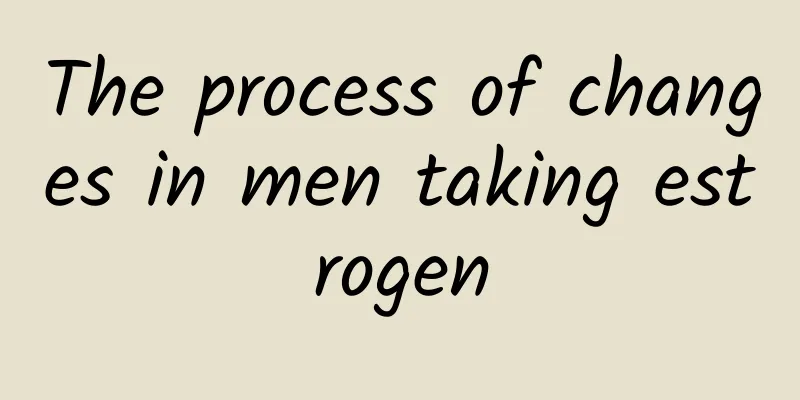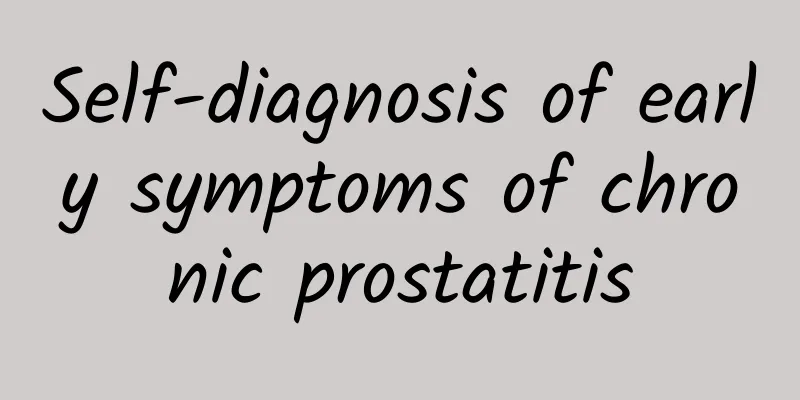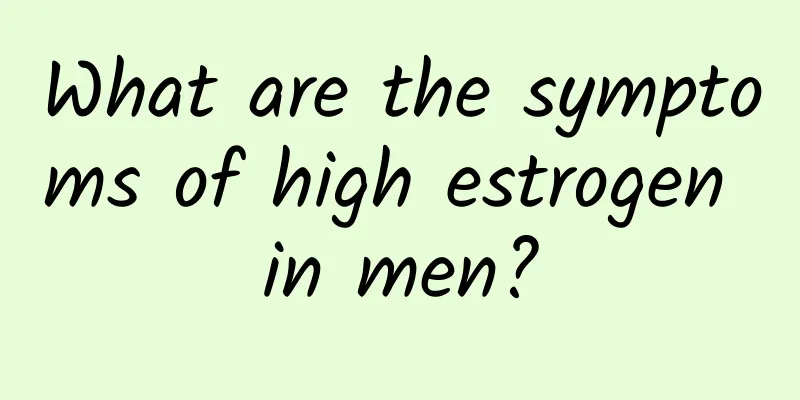Is it a disease for men to have big breasts?

|
It is said that breasts are the capital of women's pride. For women in real life, as long as they are within a reasonable range, everyone has a proud figure. In other words, the bigger the breasts, the better. But for male friends, big breasts are not a good thing. On the contrary, it may be caused by male breast hypertrophy. It is a common disease, and its occurrence will also have adverse effects on the male body. Male breast enlargement is a common disease. Foreign literature reports that the incidence of asymptomatic breast enlargement that can be felt in the normal population ranges from 32% to 38%. Some literature reports that the incidence rate in adolescence can be as high as 67%, and the incidence rate in men over 50 years old can also be as high as 57%. The age of onset is almost seen at any age, from 7 to 85 years old. There is no significant difference in the incidence rate of left and right breasts, and bilateral breast enlargement is common. Causes 1. Primary gynecomastia It is more common in children and adolescents, often due to physiological endocrine disorders, with plasma estradiol levels higher than testosterone levels, resulting in a transient estrogen/androgen imbalance, or increased sensitivity of breast tissue to estrogen, also known as physiological male breast hypertrophy. (ii) Secondary gynecomastia 1. Endocrine diseases (1) Testicular diseases are caused by hypogonadism, very low androgen secretion, and changes in the ratio of testosterone to estrogen in the blood, which lead to male breast hypertrophy. ① Congenital testicular dysgenesis (Klinefelter syndrome); ② Complete testicular feminization; ③ Kallmann syndrome; ④ Orchitis, trauma and tumor; ⑤ Reifenstein syndrome. (2) Adrenal diseases such as adrenal cortical hyperplasia, benign tumors, malignant tumors and decreased function. Such tumors can directly secrete estrogen or produce excessive estrogen precursors (such as androstanone), which are converted into effective estrogen in the tissues, increasing blood estradiol and causing breast hypertrophy. (3) Thyroid diseases such as hyperthyroidism, increased concentration of sex hormone-binding globulin in plasma, excessive bound androgens, increased free estradiol (unbound estradiol), increased estrogen/testosterone ratio, and hormonal imbalance, which stimulates breast tissue proliferation and leads to male breast enlargement. 2. Other non-endocrine diseases (1) Liver diseases such as hepatitis, cirrhosis, liver cancer, etc., accompanied by decreased liver function, often cause breast hypertrophy. (2) Recovery period of chronic malnutrition: During malnutrition, the secretion of gonadotropin decreases. When malnutrition is corrected, a phenomenon reminiscent of second puberty occurs, and breast hypertrophy occurs, which is called "feeding-induced breast hypertrophy." (3) Bronchogenic carcinoma and chronic lung diseases such as oat cell carcinoma, tuberculosis, and pectoris abscessus can cause breast hypertrophy due to local irritation. (4) Chronic renal failure: Patients with uremia caused by chronic renal failure have been tested to have relatively elevated estrogen and prolactin levels in their blood, leading to breast development and hypertrophy. (5) Diseases of the nervous system such as paralysis caused by high spinal cord lesions, syringomyelia, and hereditary movement disorders may be accompanied by breast hypertrophy. (6) Long-term use of estrogen for treatment of prostate hyperplasia or prostate cancer may often cause male breast enlargement. (7) Lymphatic system diseases such as lymphoma, malignant histiocytoma, myeloma and other reticuloendothelial system diseases are also rare causes of male breast development. (8) Drug-induced breast enlargement: Gonadotropins such as chlorpromazine, cimetidine, methyldopa, metoclopramide, metronidazole, isoniazid, reserpine, meconium, and thyroid extract can bind to estrogen receptors and cause endocrine disorders in the body, which can lead to male breast development. However, the enlarged breasts can usually recover after stopping the drug. (9) Other diseases such as cardiovascular disease (hypertension, heart disease), severe skin diseases (leprosy, exfoliative dermatitis), autoimmune diseases (rheumatic arthritis, rheumatoid arthritis), leptospirosis, ulcerative colitis, etc. may sometimes be accompanied by male breast development. Clinical manifestations The male breasts develop unilaterally or bilaterally in a female-like manner, with hyperplasia and hypertrophy. The nipples and areola are well developed. Under the areola, a disc-shaped, hard, and diffuse mass with a clear edge can be felt. The diameter is usually 2 to 3 cm. It has a certain degree of mobility and is not adhered to the skin. A small number of patients have bloating or mild tenderness, and a very small number may have nipple discharge. |
<<: Small papules on both sides of the frenulum
>>: Which drug is the best for erection and delayed ejaculation?
Recommend
Causes of red spots on foreskin
The health of genitals is a matter of great conce...
What are some tips for treating scrotal dampness?
For men, if they do not pay attention to health c...
What causes small white bumps on the foreskin?
Male genitals are completely different from femal...
What are the steps for men to apply light makeup?
Most people probably know about female makeup, bu...
What causes penis erection failure?
The occurrence of male erectile dysfunction sympt...
What is the normal smell of sperm?
Sperm is an important secretion in the male body ...
What are the treatment cycles for chronic prostatitis?
Chronic prostatitis is a particularly stubborn di...
What to do if your scrotum is red? These care methods are essential
If a man has red scrotum and sometimes itching sy...
What are the symptoms of insomnia? Three symptoms will tell you
Nowadays, everyone is under great pressure. If yo...
Itching of the skin around the penis
Men sometimes feel that their penis is itchy, whi...
When will a 16-year-old boy recover from his rebellious period?
Children grow up in different stages, and their p...
What to do if the glans penis cannot get hard
Men actually pay great attention to their reprodu...
The glans penis has red bumps and is very itchy
Male glansitis has become a common disease that h...
What are the steps of male cervical ligation surgery?
Male piercing reversal is a very common steriliza...
What is the cause of left kidney pain?
Male patients experience left kidney pain. It is ...









